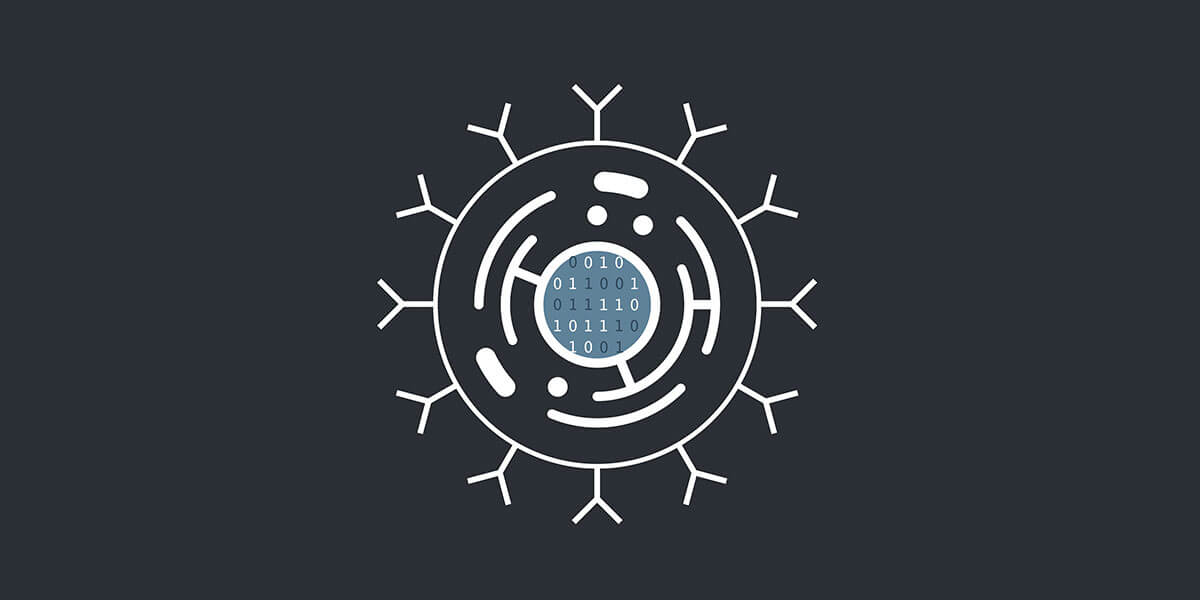“It’s hard to say ‘we want to cure cancer.’ We do. Sometimes it’s hard to think that you might actually succeed.”—Carl June, Fire with Fire
The battle against cancer is often compared to a war: genetic mutations turn our own cells into turncoats that stealthily evade our sentinel systems; a network of besieged immune cells attempts to hold invading armies of malignant cells at bay. And like any war, this disease leaves massive casualties in its wake—every year in the United States, nearly 1.75 million new cases of cancer are diagnosed, over 600,000 succumb, and there are an estimated 15 million Americans living with the disease. Despite our advances, cancer continues to devastate humankind.
To win this war, we need smarter weapons. Among the most promising developments in this fight has been the emergence of a new class of therapy known as chimeric antigen receptor T-cell, or CAR T, a “living medicine” where patients’ own T-cells (a type of immune cell) are removed, reprogrammed to recognize and kill cancer cells, and returned to the patient’s body to do just that. The first child to receive this therapy was a five-year-old girl named Emily Whitehead. She had been diagnosed with an aggressive form of leukemia, chemotherapy had failed, and she was unable to secure a bone marrow transplant. Normally this would be a death sentence. But after receiving CAR T therapy, her cancer disappeared. This August, she began her freshman year of high school.
CAR T therapy was invented by renowned immunobiologists Dr. Carl June and Dr. Bruce Levine. Their pioneering work led to the approval of the world’s first CAR T therapy in 2017, Novartis’ Kymriah, for the treatment of certain leukemias and lymphomas. CAR T is a medical marvel—but today it can only be used against these blood-based (or “liquid”) tumors, which account for 10% of all cancers. If we’re going to use this technology to take on the 90% of cancer caused by “solid” tumors (like prostate, ovarian, lung), there’s work to be done.
Carl June and Bruce Levine founded Tmunity to build the definitive company that will engineer our next-generation T-cell therapies for cancer and beyond. Based in Philadelphia (aka “Cellicon Valley”), the company recruited the head of the Cell & Gene Therapies Unit at Novartis, Usman “Oz” Azam, to join as CEO. Oz in turn recruited a team with unparalleled expertise in cell therapies—including having brought the very first CAR T therapy to market. The company also pioneered a unique partnership model with the University of Pennsylvania, one of the world’s leading cell therapy centers, where June and Levine’s work—and other key labs—act as a core discovery and early translation center feeding into the Tmunity platform.
The value of that unique knowledge and experience is already evident. Tmunity’s T-cell engineers can “dial in” sophisticated functionalities: optimizing cells’ signaling and immune costimulation capability; overcoming the cancer’s immune evasion strategies; even arming cells with the ability to physically penetrate the protective layer (stroma) surrounding solid tumors. The iterative, compounding benefits of these programmable medicines offers great hope for targeting the unique challenges associated with solid tumors. Their modular aspect means that new applications will be easier to build, by reusing and repurposing common components like Lego blocks. We desperately need powerful new T-cell therapies; this team, composed in large part from the very rare group of individuals who have done it before, is the one to do it.
And we may not have to wait too long. Tmunity has developed a broad therapeutic pipeline in both solid and liquid tumors that is unrivaled in the industry. The company has partnered with the Parker Institute for Cancer Immunotherapy, University of California San Francisco and the Children’s Hospital of Philadelphia, and already has several programs in early human clinical trials. Their programs target a broad range of solid tumor types. Their most advanced program is an “armored” CAR T therapy with dual mechanisms for attacking prostate cancers; they have also engineered cells to combat myeloma, melanoma, and sarcoma, in what is actually the first CRISPR-based product to be dosed in human patients in the United States.
Even the most effective therapies can’t work if patients don’t have access to them. The gene and cell therapy field is challenged by manufacturing issues, high costs, and logistical complexity. Tmunity has invested in its own state-of-the-art manufacturing facility to ensure it can make and scale its products. They are working with medical centers to offer logistical support, giving providers the capabilities needed to deliver these “vein-to-vein” therapeutics. And they are advancing their platform to engineer “off-the-shelf”, allogeneic (universal donor) T-cells that will dramatically simplify manufacturing and drive down costs, making these therapies more widely accessible. Tmunity’s ultimate vision is to become a “full stack” T-cell engineering company: to create a truly integrated company that uses biology and data to fully capture both the cell’s and the patient’s journey. This is how we might cure cancer.
I am thrilled to announce that Andreessen Horowitz is leading the Series B financing for Tmunity, joining investors Ping An Ventures, Parker Institute for Cancer Immunotherapy, Gilead Sciences, Be The Match Biotherapies, University of Pennsylvania, Lilly Asia Ventures, Kleiner Perkins, Westlake Village BioPartners and BrightEdge, the philanthropic impact fund of the American Cancer Society. As a new board member, I’m honored to support Tmunity’s amazing team on its mission to cure cancer with engineered cells—a mission whose progress will be measured not only by the usual technical and clinical milestones, but in birthdays and high school graduations as well.




